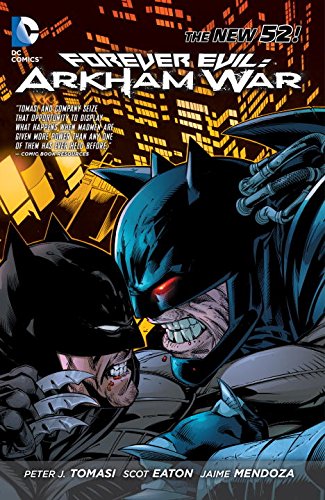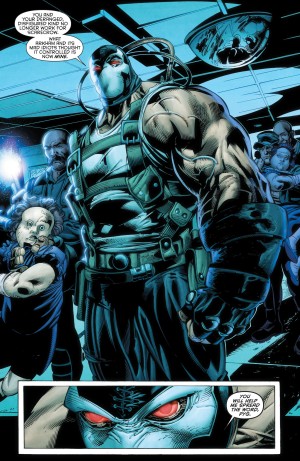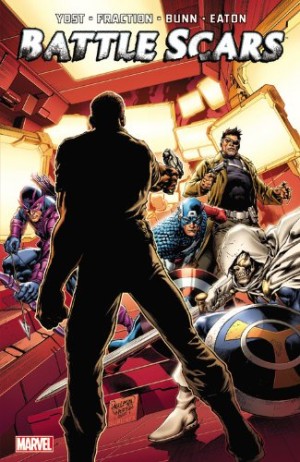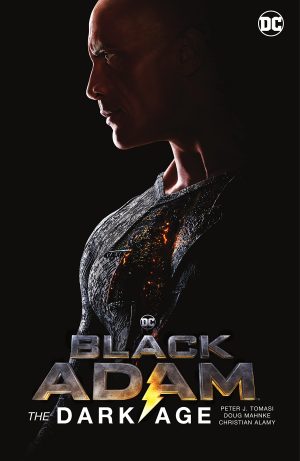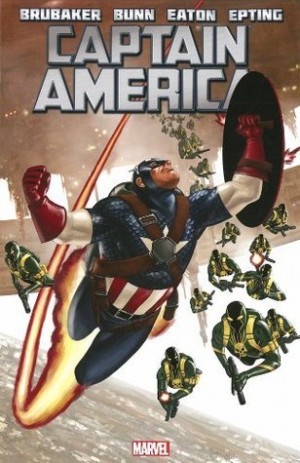Review by Frank Plowright
Spoilers in review
In Forever Evil, the villainous analogues of the Justice League crossed the dimensions from their own Earth to lay siege to the New 52 DC version, trapping the Justice League on arrival. They ensured almost all electrical power was disabled, then set about emptying the jails of super villains. Spoiler alert for the fifth paragraph.
With Batman among the missing and his foes on the loose, Gotham has become a no go area. Batman’s foes have carved up the city with the Penguin at the top of the pyramid, but the fearsome drug-fueled Bane has plans of his own for Gotham. That’s about the extent of Peter J. Tomasi’s plot, which in essence plays out the Arkham City video game over all Gotham, replacing Batman with Bane as he locates allies, then sets about the other villains.
Scott Snyder and Grant Morrison before him introduced many new villains to Gotham, and Tomasi doesn’t just restrict his attentions to the classic foes. Professor Pyg features in horrific circumstances, and there’s a role for the Talons later while other newer characters are included via cameo.
Scot Eaton supplies the artwork, and is great at capturing the full horror of Gotham’s villains unfettered. Some are testosterone brutes, others skulk in the shadows, and others still have a nobility about them despite their self-interest. Tomasi supplies Eaton with the opportunity for some memorable visual moments. Jim Gordon locating a 1960s police car is a nice touch.
The problem with Arkham War is that the central conceit doesn’t ever convince. Bane is informed early that the villains loosed from Arkham Asylum live with fear and madness, and it’ll take more than his prodigious strength to make them cower. The solution he devises is to dress himself up in a Batman costume, so elevating his own imposing presence, but despite reinforcement throughout, there’s no credible explanation of why it should work. Also lacking is the portrayal of the Scarecrow as any kind of leader.
In the end chemicals of assorted types and the enhancements they produce draw a close to the main story. It’s preceded by two chapters spotlighting the Scarecrow and Bane. Szymon Kudranski illustrates the former in his effective gloomy style, and Graham Nolan is less effective on Bane, but neither are essential reading as they show the villains preparing for the main event.
Much better is the conclusion. Forever Evil explains what happened to Batman, and he’s none too pleased at finding Bane in control of Gotham. Eaton’s on top form, ramping the action up to eleven, and Tomasi provides him with a suitably cinematic script allowing him to cut loose. It doesn’t compensate for the lacklustre quality of the remainder, but it is a spirited finish.
